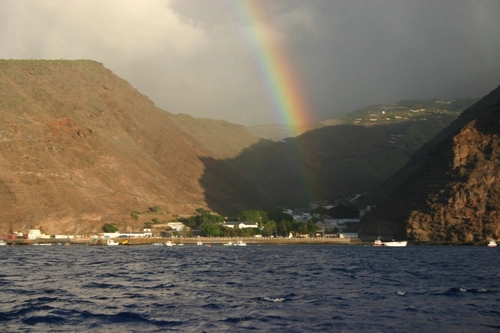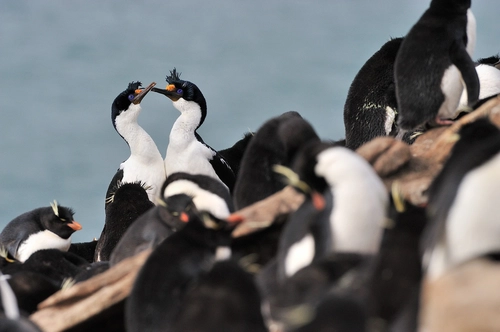Few places encapsulate such a staggeringly rich assortment of sub-Antarctic scenery, wildlife, and outing opportunities as South Georgia.
In this dazzlingly picturesque island chain, a few hours of exploring by foot or Zodiac can yield a veritable theme park (but so, so better) of snow-dusted mountains, shimmering blue bays, and penguin colonies so vast they need their own postal codes.
Below are a few of our favorite things about South Georgia, limited to (but by no means lessened by) the features you can actually experience on our Antarctica expedition cruises.
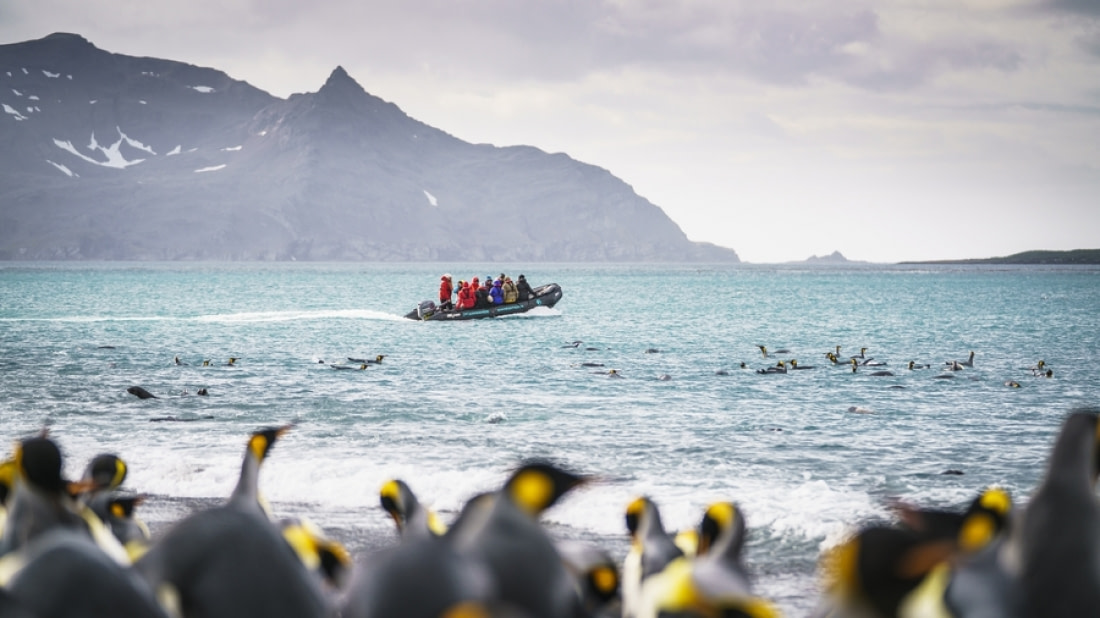
1. Ernest Shackleton hike
As we’ve detailed in an earlier blog about this trail, the Shackleton Traverse is one of the prime highlights of visiting South Georgia.
During some of our voyages to the main island, you’ll have the option (weather conditions permitting) of hiking part of the route Ernest Shackleton took in 1916 to bring help back to his stranded crew on Elephant Island, Antarctica.
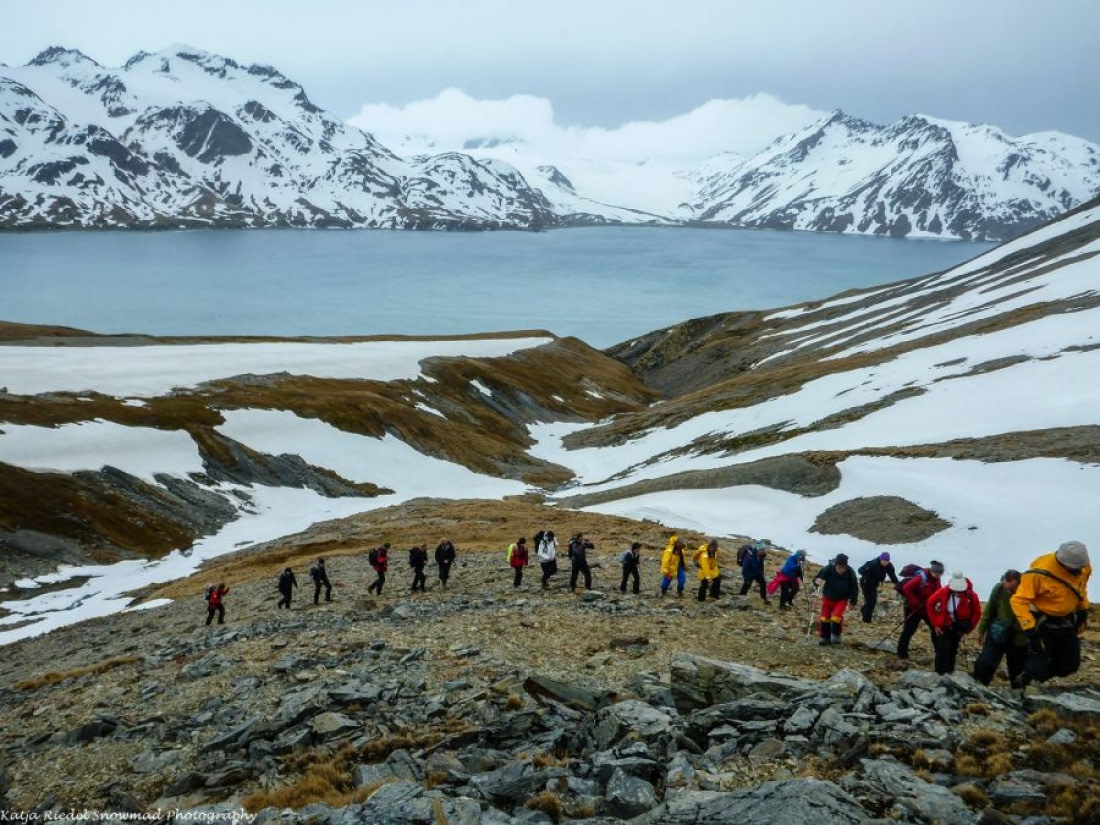
Our portion of this famous route follows about 6 km (3.7 miles) of the originally 41-km (26 miles) traverse across South Georgia, giving you some of the high points without the too-high points.
We walk the trail from beautiful Fortuna Bay to the abandoned whaling village of Stromness, enjoying all the amazing vistas along the way.
2. Salisbury Plain, St. Andrews Bay, & Gold Harbor
We’ve grouped these landing sites together not only due to their proximity, but because the terrain and wildlife you can see there is so similarly incredible. These areas house the three largest king penguin colonies in South Georgia (but we’ll get to them later).
They’re also three of the world’s largest breeding beaches for southern elephant seals, which during our sub-Antarctic cruise season are at the peak of their breeding cycle.
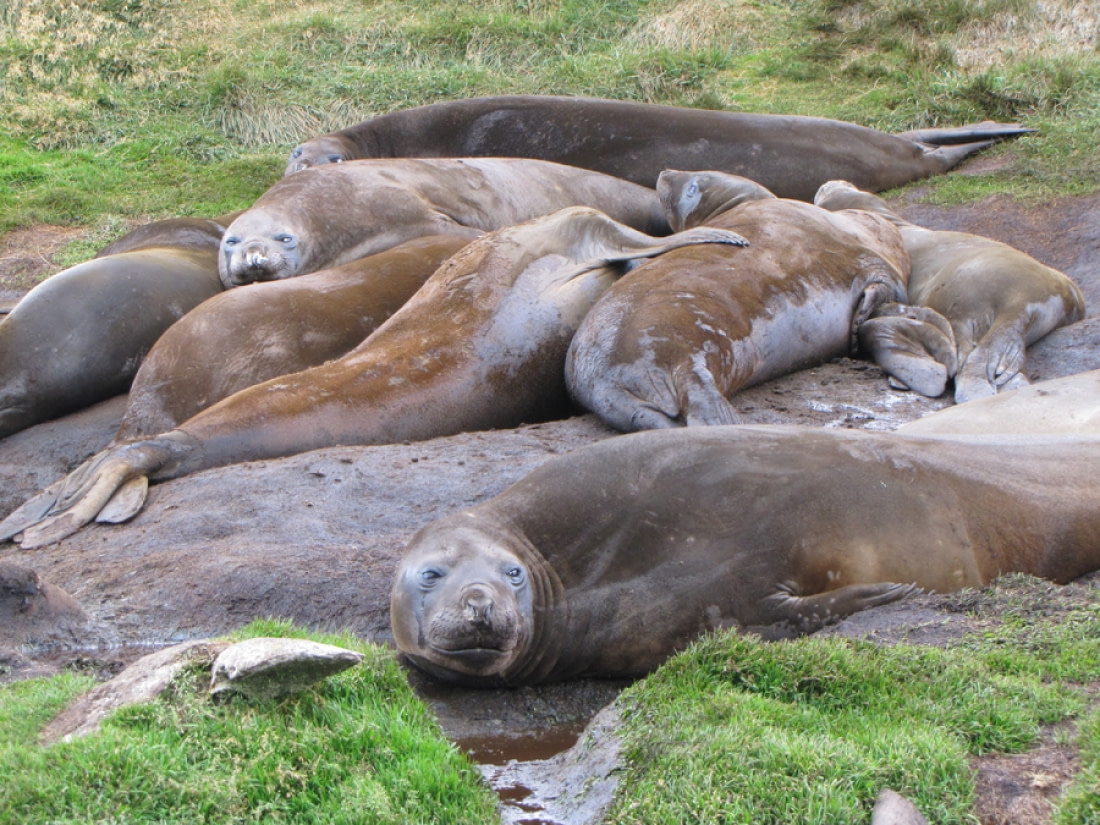
You’ll enjoy watching the four-ton elephant seal bulls aggressively guarding territories where dozens of females have just given birth or are about to deliver. You can also see a number of Antarctic fur seals here during the breeding season.
3. Seabirds galore
Albatrosses, shags, prions, petrels, skuas, terns, gulls…
The list goes on and on. Indeed, because of the islands’ epic avian life, South Georgia (and the nearby South Sandwich Islands) are designated Important Bird Areas by BirdLife International.
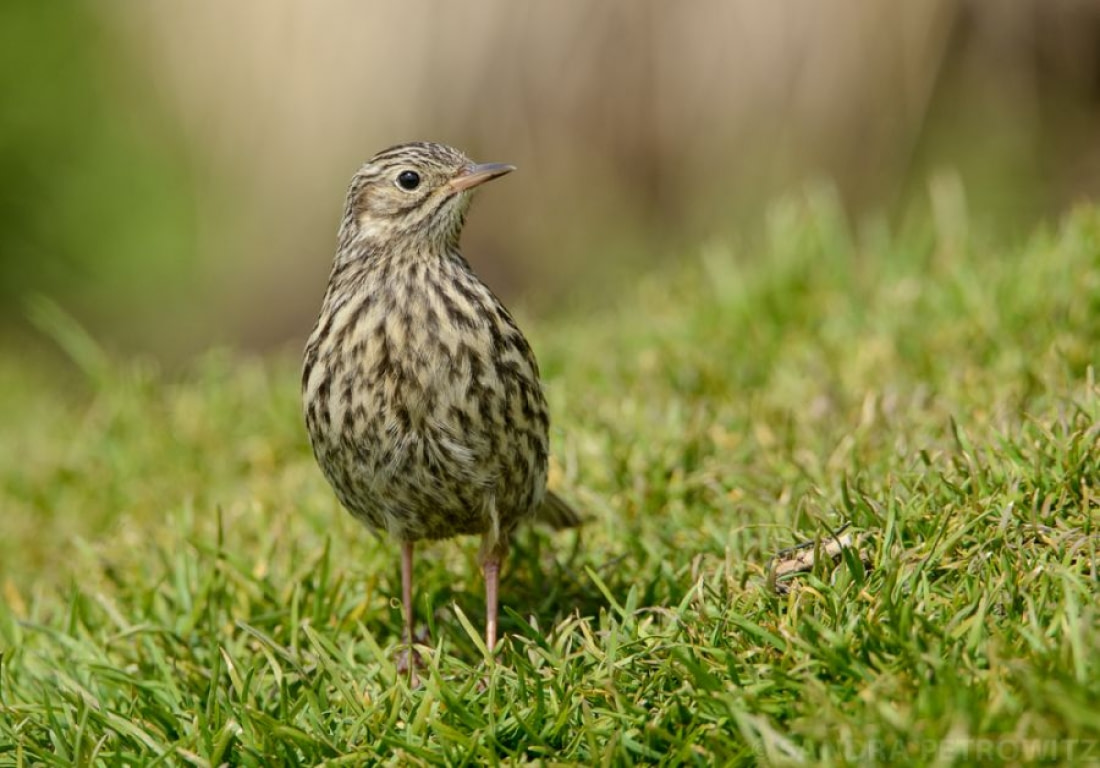
Birds unique to the archipelago are the South Georgia shag, South Georgia pipit, and the South Georgia pintail. Another winged favorite on South Georgia include wandering albatrosses (especially around Prion Island), which has the largest wingspan of any bird on the planet.
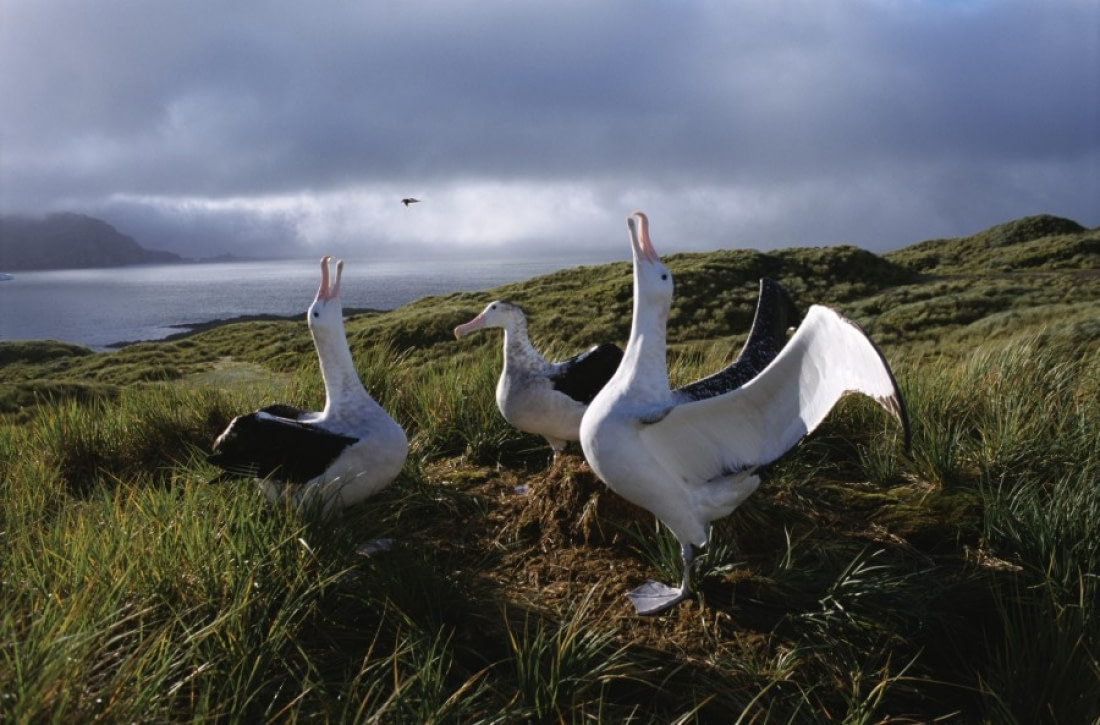
4. Grytviken’s animal inhabitants
Another of South Georgia’s abandoned whaling stations, Grytviken has long since been claimed by its original inhabitants: elephant seals, king penguins, and many other seabirds. You can observe these animals as they doze, waddle, and flap about the streets like they own the place – because they basically do.
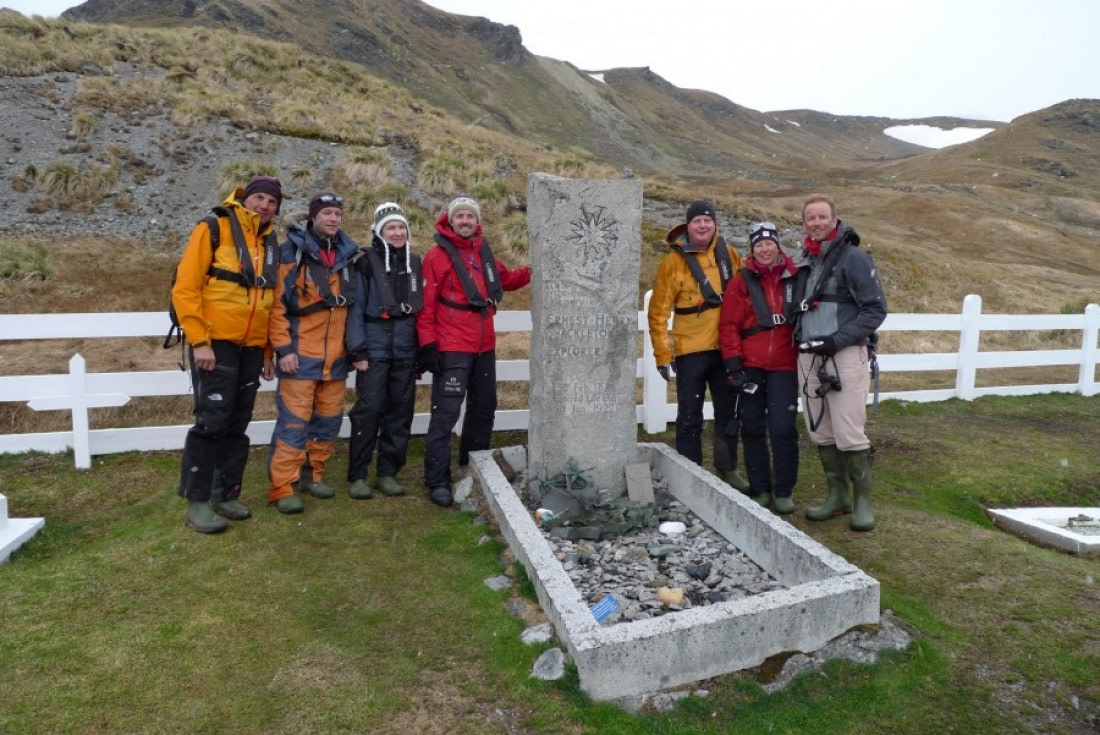
In Grytviken you might also be able to see the South Georgia Museum as well as Shackleton’s grave, which add great historic depth to South Georgia’s awesome natural majesty.
5. Fortuna Bay seals and penguins
As previously mentioned, Fortuna Bay is the starting point for our leg of the Shackleton Traverse. But even if you don’t end up doing the hike, there’s plenty of wildlife to enjoy: Fortuna Bay is populated by seals and penguins more than happy to liven up your photos.
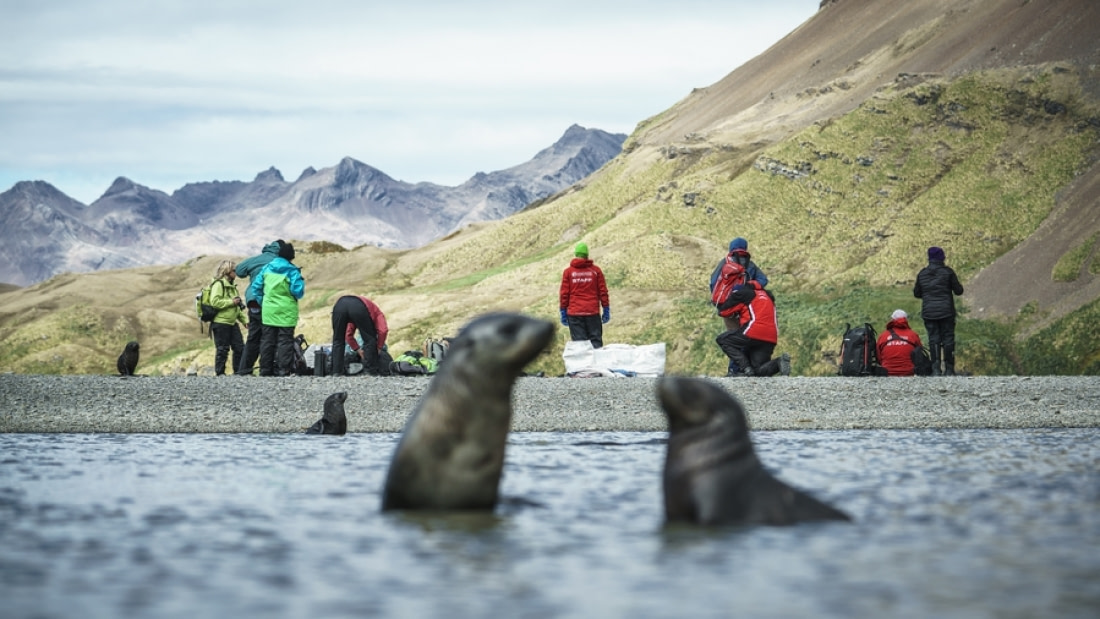
Specifically, fur seals and king penguins are usually out in force at Fortuna. The Shackleton path from Fortuna cuts across the mountain pass beyond Shackleton’s Waterfall, and as the terrain is partly swampy, be prepared to cross a few small streams.
6. Prion Island
Though this location is closed during the early part of the wandering albatross breeding season (November 20 – January 7), from January on you can see these impressive birds here.
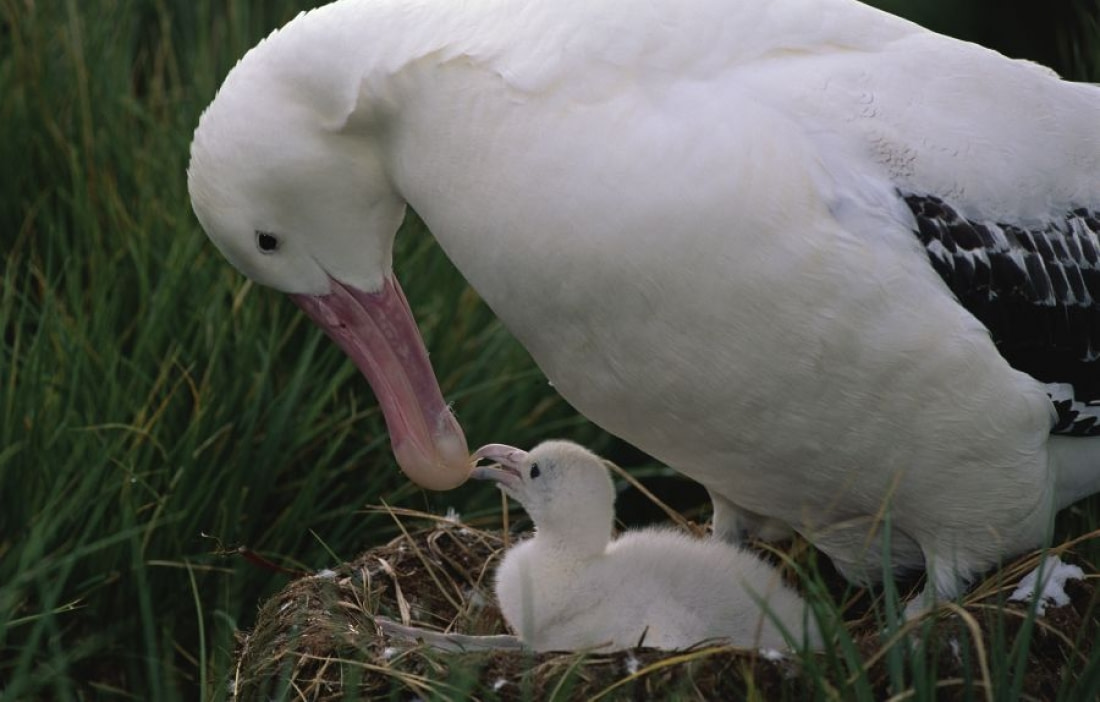
By the time you see them, the breeding adult birds have found their partners and are sitting on eggs or nursing their chicks, making for a pleasant domestic scene on Prion Island.
7. Mighty massive penguins colonies
Macaroni penguins are abundant on South Georgia, but it is typically the islands’ enormous king penguin colonies that really draw the visitors.
As previously stated, the largest king penguin breeding rookeries are seen at Salisbury Plain, St. Andrews Bay, and Gold Harbor. These rookeries form a combined total of several hundred thousand across the South Georgia archipelago.
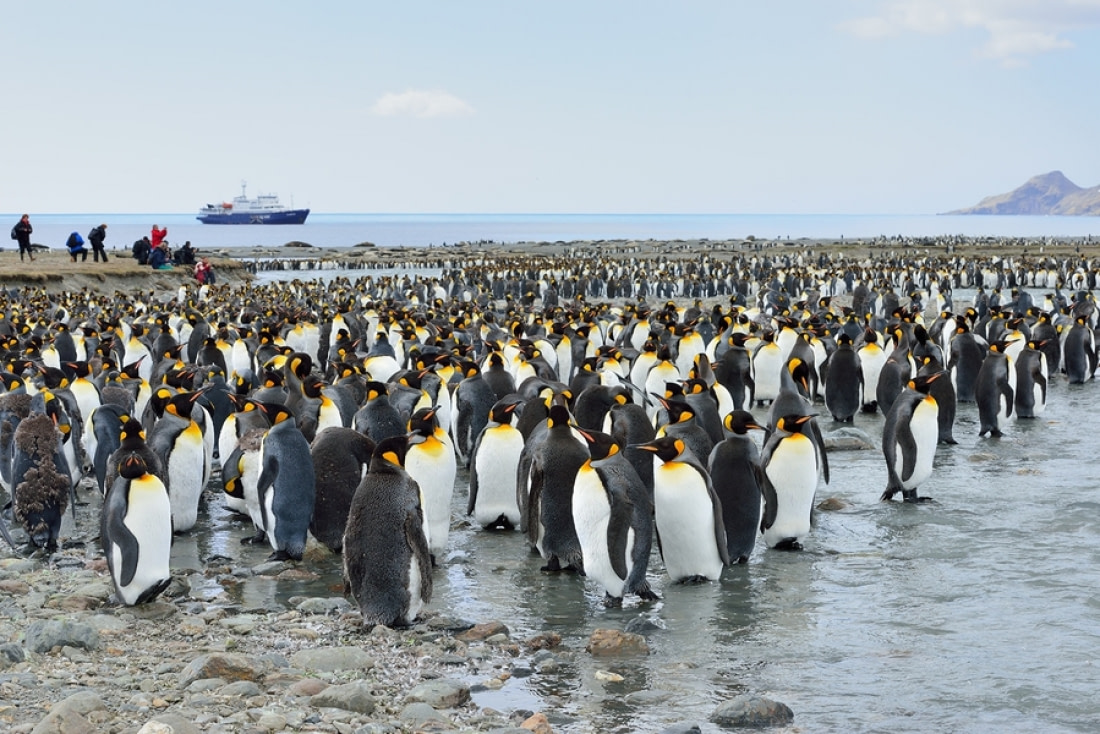
The St. Andrews colony alone is estimated to have around 150,000 king penguins, a perfect capstone to this list and more than reason enough for a South Georgia expedition cruise.
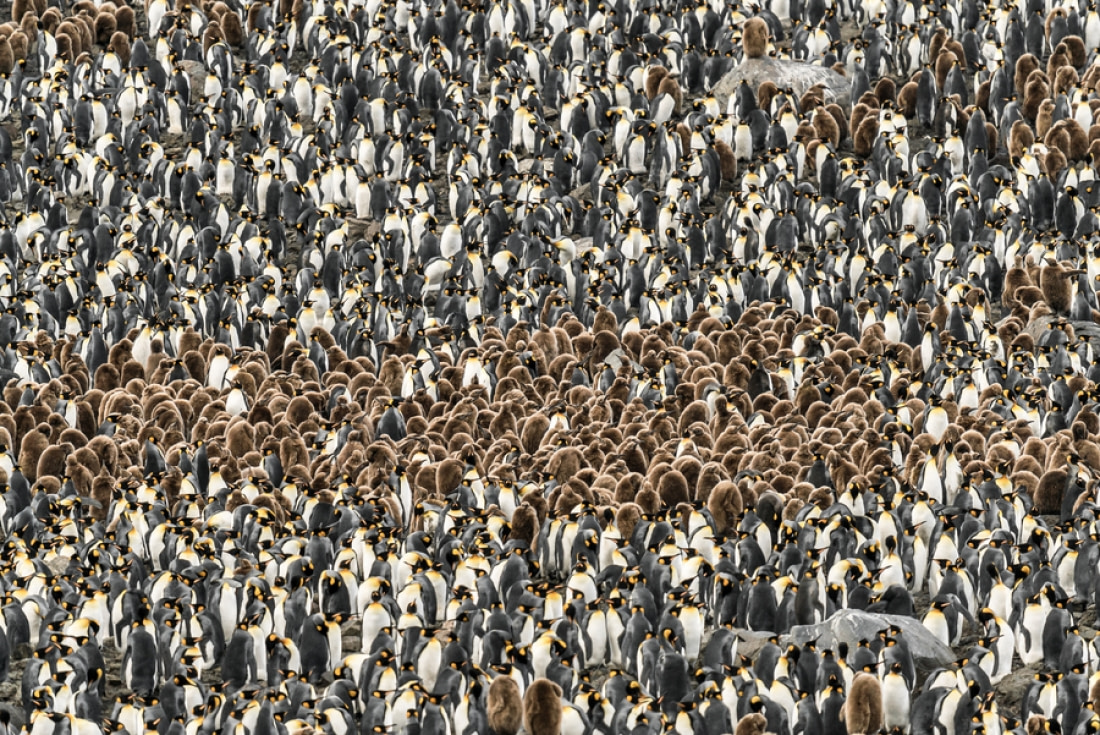
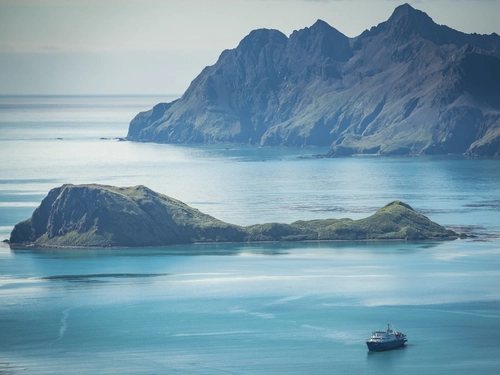


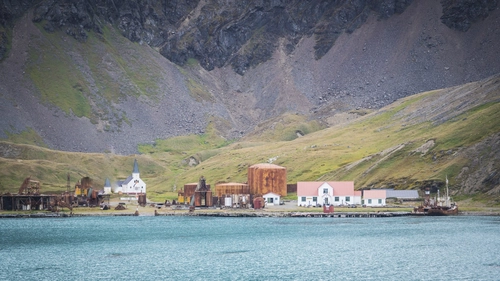

Related Trips
Blog


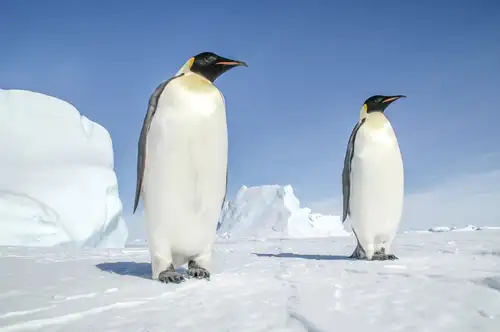
Antarctic Icon: 44 Facts About the Emperor Penguin
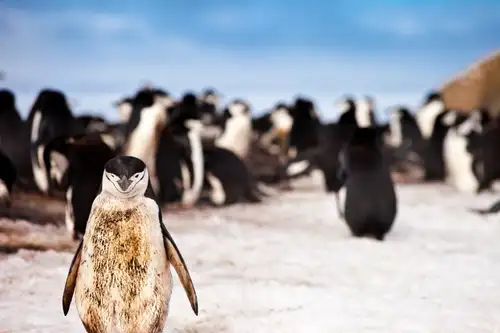
Seven Facts About Antarctic and Sub-Antarctic Penguins
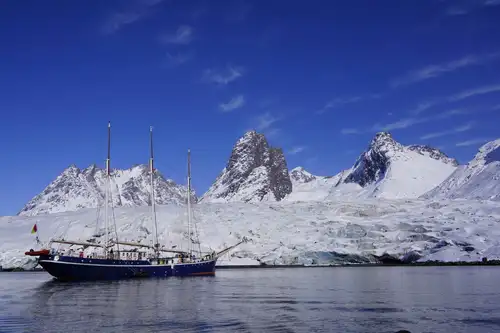
5 Misconceptions You Might Have About Greenland
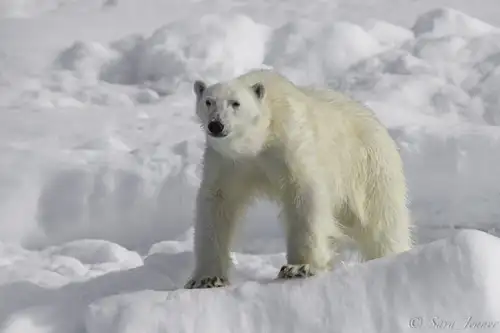
International Polar Bear Day
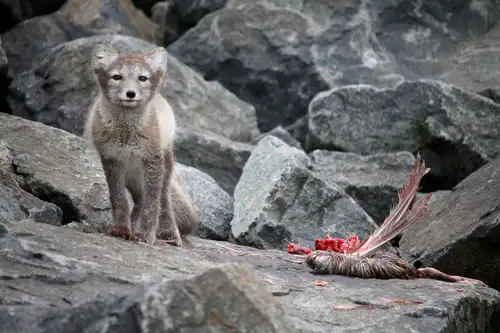
Arctic Foxes: Constant Gardeners of the Arctic

The World Is Changing for Greenland's Native Inuit People
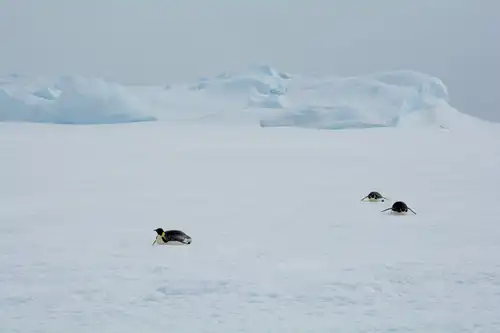
Encounter with the emperor penguin in Antarctica
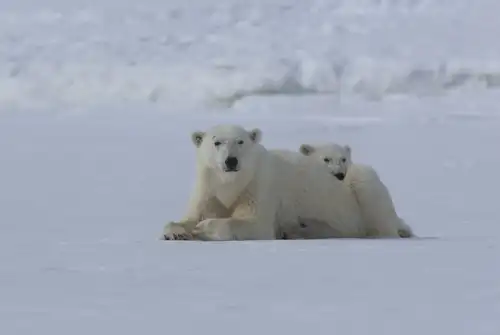
Polar Bears and Pack Ice: 22 Pics from North Spitsbergen
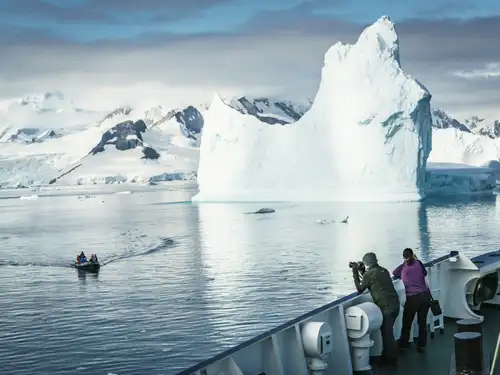
The Classic Polar Cruise: Antarctic Peninsula Facts, Pics, and More
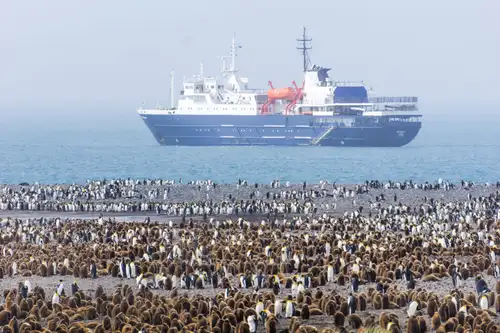
Three Antarctica Cruise Deals
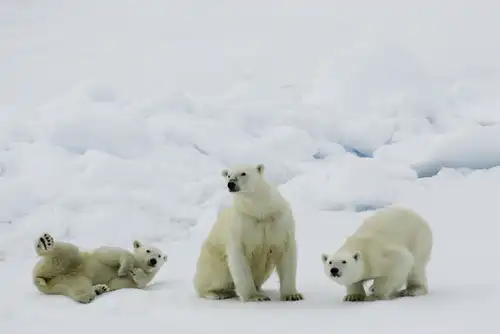
Polar bear encounter in Spitsbergen

Arctic Mythology: Inuit, Saami, and the Ancient Greeks
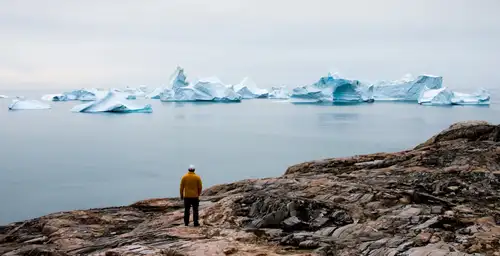
Tracking Greenland’s Wildlife from Space

Polar Diving: A Supreme Underwater Adventure
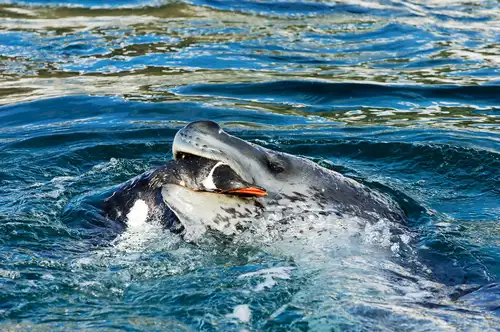
Danger Beneath the Water: 10 Facts About Leopard Seals
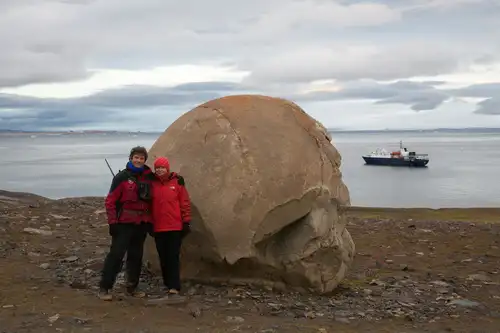
The Return to Franz Josef Land

Seven Sublime Antarctic Bays
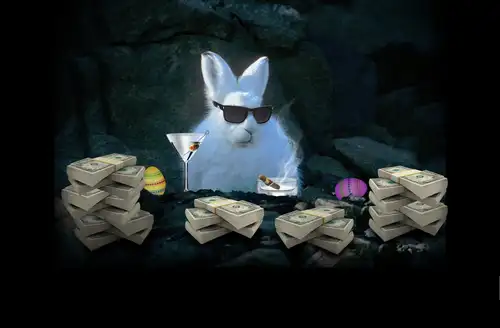
The Arctic Hare: Easter Bunny
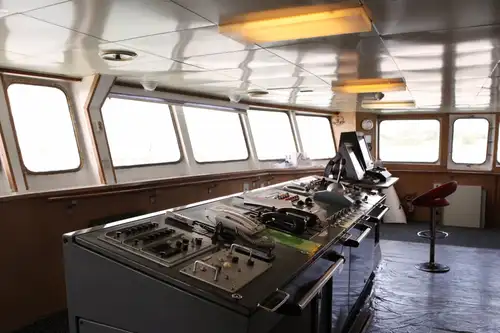
Navigating by touch through the sea ice
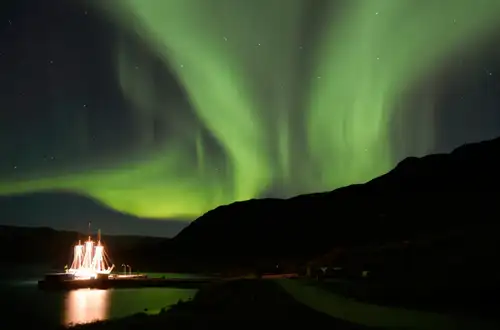


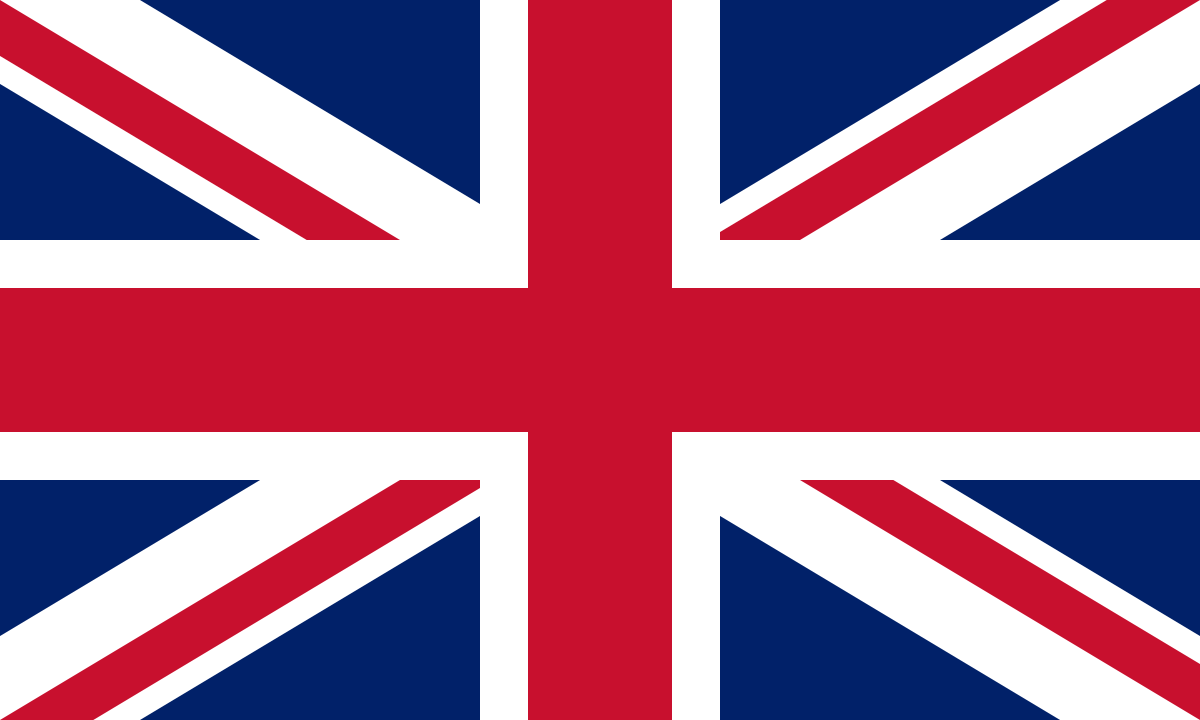
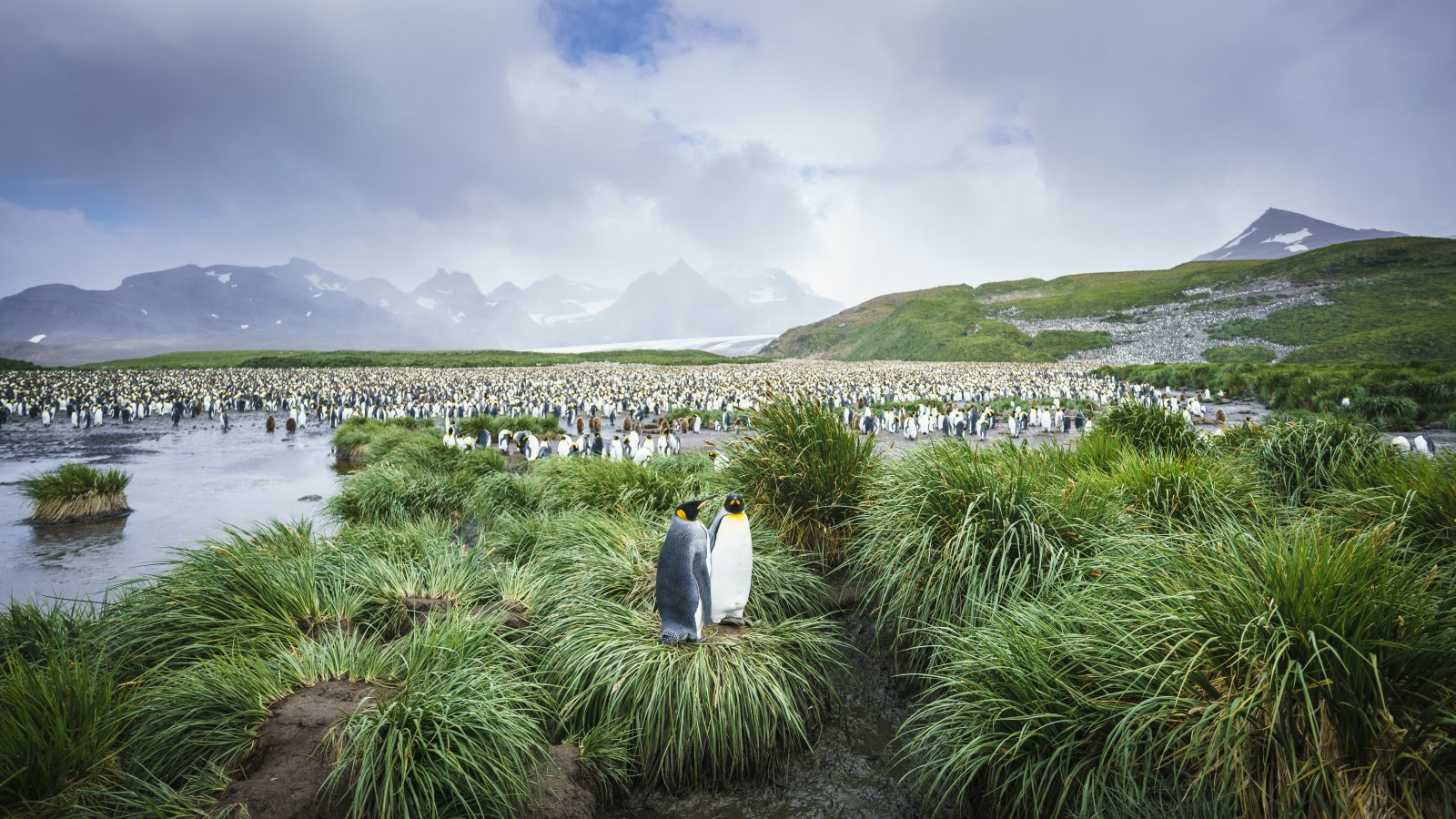
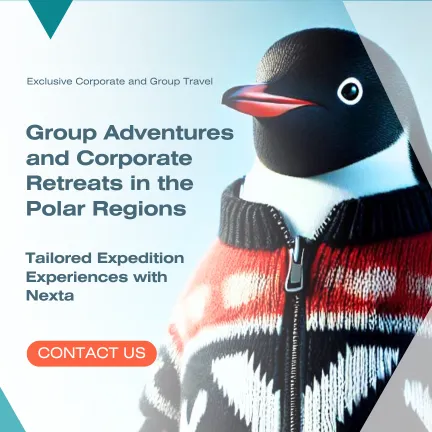
 19 Days / 18 Nights
19 Days / 18 Nights
